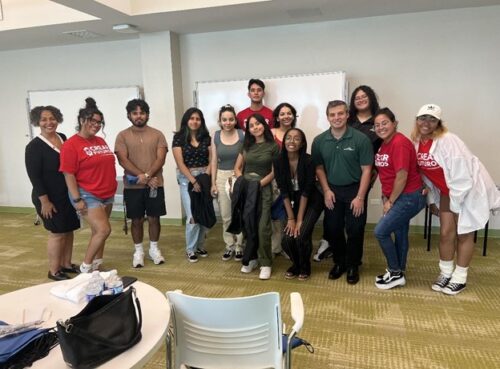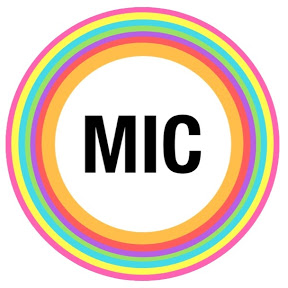
Photo Credit: niemanlab.org
New York Times media columnist and former founding Editor-in-Chief of Buzzfeed News, Ben Smith spoke to SUNY Old Westbury students and staff on December 8th via Zoom to highlight his experiences in the field of journalism.
Smith became interested in journalism during his junior year at Yale University when he was an intern at The Forward. After falling in love with reporting while interning at the publication, he became involved with several major news outlets covering politics and reporting, breaking news for a number of publications including The Wall Street Journal(Europe), The NY Daily News, Politico, The New York Observer, and The New York Sun. Among his many other achievements, Smith became the founding Editor in Chief at Buzzfeed News in 2011 before joining The New York Times as a media columnist earlier this year.
Smith currently writes for “The Media Equation” section in the New York Times, and covers topics such as politics in media and the influence of news outlets. The New York Republic journalist Ryu Spaeth recently exclaimed, “Let’s be honest: Ben Smith is the best media columnist The New York Times has ever had.”
During the lecture, Smith shared his experiences in the journalism business. Moreover, he informed students on what is going on throughout the media industry. He emphasized that although it seems that the news industry is in a rough spot, it has been that way for years. He added that the industry is naturally competitive, and those who wish to get into the field will need to use every advantage that they have.
“I think if you’re looking for a job in journalism now, there are sort of two directions, and one of them is that the biggest players are getting bigger. The New York Times and CNN just had an incredible year,” Smith said. “There are these big traditional outlets that are doing interesting stuff and that are not stuck in the part, and then, on the other hand, there are a lot of small new things.”
In the beginning of his career, Smith had moved all over to follow his love of reporting, including relocating to Indianapolis to write for The Indianapolis Star where he focused on police reporting and politics. Then, he went to Eastern Europe where he was a stringer for The Wall Street Journal. After his return to New York in 2001, he thrived in the era of blogging, where he covered local news when the blogging industry first became popular. He stated, “It’s hard to imagine a world where publications weren’t regularly writing things and putting them on the internet, but that was very much the world.”
For Smith, his own career was based on timing and following the changes that were and are occurring in the technology of the media. He explained how rapid shifts in the journalism field occurred, and how slowly the big news institutions were to catch up to the reporters who could take a quick video of a news conference and cover breaking news before any major publication could. Twitter was then the next big change that came in journalism and had become the kind central force in the political news universe, which he believes created a space for reporters to discuss their views and post their stories.
Smith recalled that during the beginning of his career through 2016 was a time of the huge profusion of new outlets coming into existence and competing with the so-called hide bound old media– television and newspapers. However, The New York Times and The Washington Post, in particular, were smartly able to catch up with the new online media and how to succeed on the internet while taking advantage of their brand names and resources.
After his time at Politico, he reported at Buzzfeed News for eight years where he focused on stories about the public interest. During his time there, Smith witnessed the publication going from being “this strange outside thing that only had cats to obviously still kind of a strange thing with a lot of cats and also a lot of journalism.” While he was there, Smith took part in publishing the Steele Dossier, a set of controversial disclosures about President Donald Trump.
In the age of cancel culture, Smith emphasized that one does not always know what the consequences are for stories but that reporters and editors should provide the facts and let the audience decide for themselves.The best way to avoid being biased, he said, is by being self-aware, checking one’s work, and being transparent about it.
As for his other advice for getting into the competitive field of journalism, he acknowledged that the best way to succeed is through reporting and telling stories that no one has told before. In terms of the future of print journalism, Smith proclaimed that the distinction between print and internet journalism has collapsed. Most reporters are focused on the audience, and he believes that at the core of journalism are stories that people want to read. He added that the field of reporting still has a long and successful future, whether or not its digital.
While this is an odd and anxiety-filled year to graduate and begin job searching, Smith emphasized that “if you can find a job anywhere, doing anything that you enjoy, that’s a start. Whether you choose to start with small markets or work at a major publication and work your way up, it’s important to do something that interests you.”







